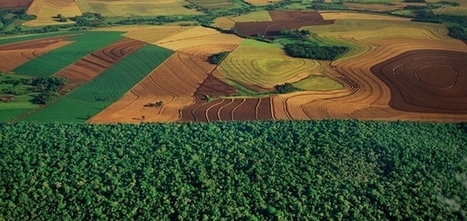Reducing deforestation and other unsustainable land use practices is imperative and could help capture as much as a sixth of the carbon necessary to reach global climate targets, according to the UN-endorsed Bonn agreement on deforestation. Corporations, particularly those with vested interests in forest resources and rely heavily on agriculture and forestry, stand to gain considerably by reducing impacts, a move which would also positively affect climate. As these companies set objectives to align with science-based goals, a formal methodology is needed to guide them towards embedding land use-generated emissions in their corporate and product footprints.
Via EcoVadis



 Your new post is loading...
Your new post is loading...











